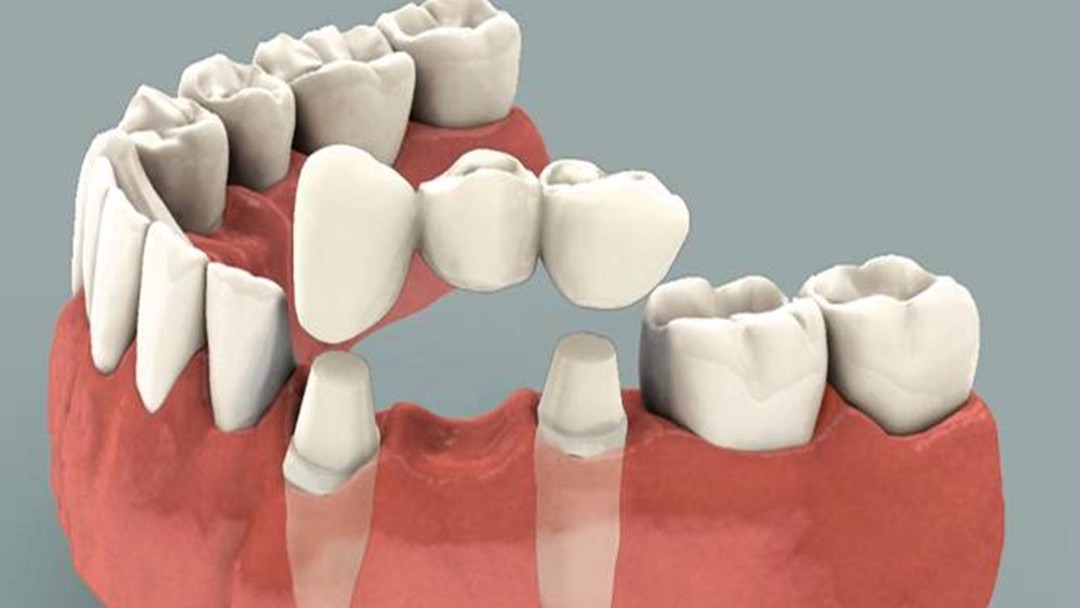Dental Bridges
Dental bridges are natural-looking dental appliances, used to replace a section of missing teeth
What are Dental Bridges?
Traditional dental bridges (or pontics) are permanently placed between two healthy teeth and held in place by porcelain crowns. The crowns are placed on the healthy teeth on each end of the space needing to be filled. By anchoring the bridge to a patient’s healthy teeth, a greater degree of stability, strength, longevity, and comfort can be expected.
What are the Main Types of Dental Bridges?
Dental bridges provide patients with a wide variety of benefits. They help to restore a more natural looking smile, as well as the ability to properly chew and speak. In addition, bridges help to maintain the shape of one’s face, aid in the proper distribution of biting and chewing forces, allow for a more natural bite, help to reduce the risk of gum disease, and prevent existing teeth from shifting out of position.
Traditional bridges are the most common type of bridge and are made using either porcelain fused to metal or ceramics
Cantilever bridges are used when there are adjacent teeth on only one side of the missing tooth or teeth
Maryland bonded bridges are made of plastic teeth and gums supported by a metal framework
What to Expect with Dental Bridges
The dental bridge process generally begins with the administration of a local anesthetic. Next, the abutment teeth are prepared. Preparation involves recontouring- by removing a portion of enamel to allow room for the crown. Next, teeth impressions are taken. The impressions serve as a model from which the bridge, pontic, and crowns are made from. A temporary bridge will be provided at this point in order to protect your teeth and gums while your permanent bridge is being made.
During the second visit, the temporary bridge is removed and the new permanent bridge is affixed, evaluated, and adjusted in an effort to achieve the most proper and comfortable fit. Several office visits may be required in order to check and properly calibrate the fit of the metal framework and bite. This is dependent on each individual’s case.
Patients sometimes wonder if it will be difficult to eat with a dental bridge in place. However, as dental bridges replace missing teeth, eating actually becomes easier. In order to make the transition a bit smoother, we oftentimes advise that until patients are more accustomed to their bridge, that they eat only soft or chopped up pieces of food.

